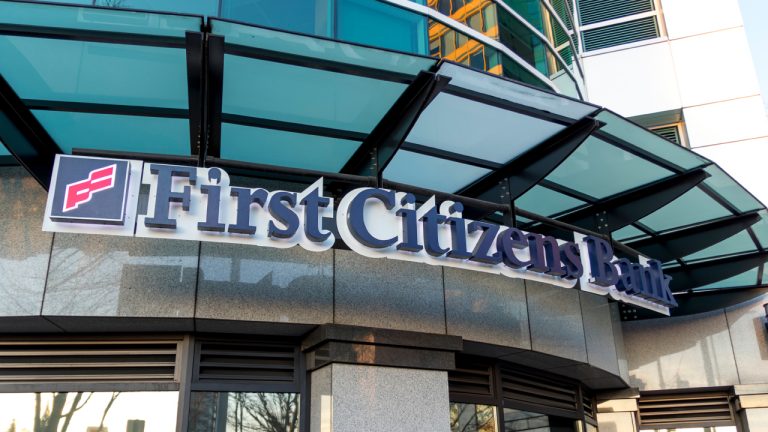
Track your expenses and savings goals using budgeting apps to build your emergency fund.
Building an emergency fund is a crucial part of financial planning. With the help of budgeting apps, it has become easier to save money and build an emergency fund. This article will discuss the characteristics of an emergency fund and general steps to building an emergency fund using budgeting apps.
What is an emergency fund?
An emergency fund is a pool of money that you set aside to cover unexpected expenses or income loss. It acts as a financial safety net and can help one avoid debt or financial hardship in case of an emergency. The following traits describe an emergency fund:
- Liquid: An emergency fund should be readily available and liquid so that you can get to the money fast if necessary. This is why the majority of monetary experts advise putting your emergency fund in a money market or high-yield savings account.
- Adequate: Your unique situation will determine how much money you need in your emergency fund. Nevertheless, the majority of experts advise keeping three to six months’ worth of living expenses in reserve as an emergency fund.
- Separate: Maintaining separation between your emergency fund and other savings or checking accounts is crucial. This will stop you from unintentionally using your emergency funds.
- Regularly replenished: If you do spend your emergency fund, it’s critical to quickly replenish it. To ensure that your emergency fund is prepared for the next unforeseen expense, set a goal to rebuild it.
Always manage your own money.
— Dave Ramsey (@DaveRamsey) April 27, 2023
You should surround yourself with a team of people smarter than you, but you make the decisions.
Related: How ChatGPT can help with personal finance management
Steps to build an emergency fund using budgeting apps
Here are some steps to build an emergency fund using budgeting apps:
- Set a savings goal: Find out how much you need to put aside for an emergency fund. Save at least three to six months’ worth of living expenses, according to experts.
- Track your expenses: Utilize a budgeting tool to keep tabs on your spending and find places where you may make savings. This will allow you to save more money for your emergency fund.
- Automate your savings: Set up automatic transfers from your checking account to your emergency fund savings account using the app to automate your savings. This will force you to prioritize saving money for emergencies and make sure that you regularly add money to your emergency fund.
- Use the app’s savings features: Some budgeting apps have built-in savings features that can help you save money faster. For example, some apps round up your purchases to the nearest dollar and transfer the spare change to your emergency fund.
- Review and adjust your budget: Regularly review your budget and make adjustments as needed. If you receive a raise or bonus, consider increasing your automatic savings contributions to your emergency fund.
Budgeting apps that may help build an emergency fund
Here are a few examples of budgeting apps that can help you build an emergency fund:
Mint
With the help of the free budgeting tool Mint, you can keep tabs on your spending, make a budget, and establish savings targets. You can monitor progress toward your savings objectives and set up automatic transfers from your checking account to your savings account. Additionally, Mint provides reminders when budgets become exceeded or when a bill is due, which can save you money by preventing unforeseen expenses.
5. Mint
— Kunjal Kanabar (@kunjalkanabar) May 8, 2023
Personal finance management app to track spending, create budgets and manage bills.https://t.co/Fkmst2H13F
YNAB (You Need A Budget)
YNAB is a paid budgeting app that assists with creating a budget and tracking expenses. It offers an “Age of Money” feature that predicts how long funds will last. The app encourages assigning every dollar a job, such as allocating money for an emergency fund. Savings goals for the emergency fund can be set and tracked.
PocketGuard
PocketGuard is a free budgeting tool that allows users to track their spending and create savings objectives. Users have the option to set up automatic transfers to savings accounts and construct a budget. The app provides alerts for reaching the budget cap and approaching bill due dates. The “In My Pocket” function shows the available money to put into the emergency fund.
Related: 9 Essential finance terms you must know
EveryDollar
The free budgeting tool EveryDollar was developed by Dave Ramsey, a personal finance expert. Its feature called “Baby Steps” walks users through the process of creating an emergency fund in addition to allowing users to set and track budgets. EveryDollar also offers information on spending patterns and opportunities for savings to increase the emergency fund.

Personal Capital
Personal Capital is a free app that can help track spending, create a budget, and set up savings goals. It also offers tools for investment planning and retirement savings. With Personal Capital, users can see a breakdown of their net worth and set up automatic savings transfers to an emergency fund.






























